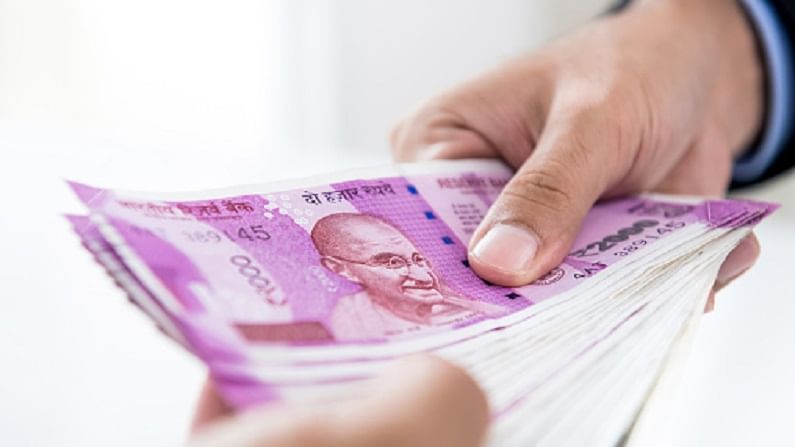End-user lending rates fall to 5-year low in September: Report
Because of government schemes targeted at increasing liquidity for small businesses, loan disbursements have surged.

The lending rates for end-user in India fell to their lowest level in five years, reflecting central bank efforts to expedite economic recovery by increasing credit availability, according to a report in The Economic Times. The public-sector banks are leading the way in lowering the cost of new loans.
In September, India’s Weighted Average Lending Rates (WALRs) fell 31 basis points to 7.20 percent, the sharpest monthly drop in nearly five years since November 2016. In September, non-food credit increased 6.8% year on year, compared to 5.1% in August. Despite the fact that the growth is coming from a lower base, industries such as medium-sized businesses, consumer durables, and retail loans against jewellery have increased by around 50% in the last year. Corporate loans are still shrinking, although at a slower pace.
In September, non-food credit increased 6.8% year on year, compared to 5.1% in August. Despite the fact that the growth is coming from a lower base, industries such as medium-sized businesses, consumer durables, and retail loans against jewellery have increased by around 50% in the last year. Corporate loans are still contracting but at a slower rate.
“Excess liquidity has prompted banks to lend at cheaper rates, even if it means sacrificing some margin,” said Anil Gupta, ICRA’s credit analyst for financial sector ratings. “State-owned banks are likely to have lent to a variety of government programmes, individuals, and businesses to meet their short- and medium-term credit requirements.”
Because of government schemes targeted at increasing liquidity for small businesses, loan disbursements have surged. “Different government strategies to inject liquidity into the micro, small, and medium sector (MSMEs) created opportunity for loan expansions,” Gupta explained.
In September, central bank data collated by Indian Ratings revealed that the system’s net daily surplus liquidity was in the range of Rs 6.7 lakh crore to Rs 9 lakh crore. With the central bank conducting Variable Rate Reverse Repo (VRRR), a window to suck funds out of the system, excess cash in the economy has been decreasing throughout October.
In September, private sector lenders boosted rates by 15 basis points to 8.98%, in contrast to government-owned banks.
“Lower-rated companies’ cash flow is still not in good shape, and they need funding to meet escalating working capital demands. This could have created more room for private bank lending “Soumyajit Niyogi, associate director at Indian Ratings, was quoted in the report.